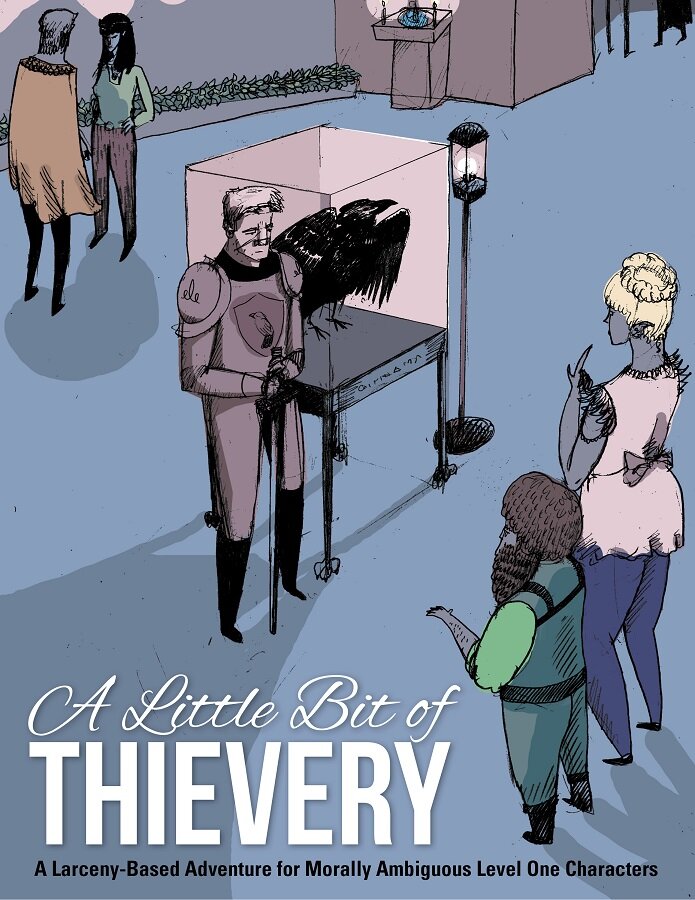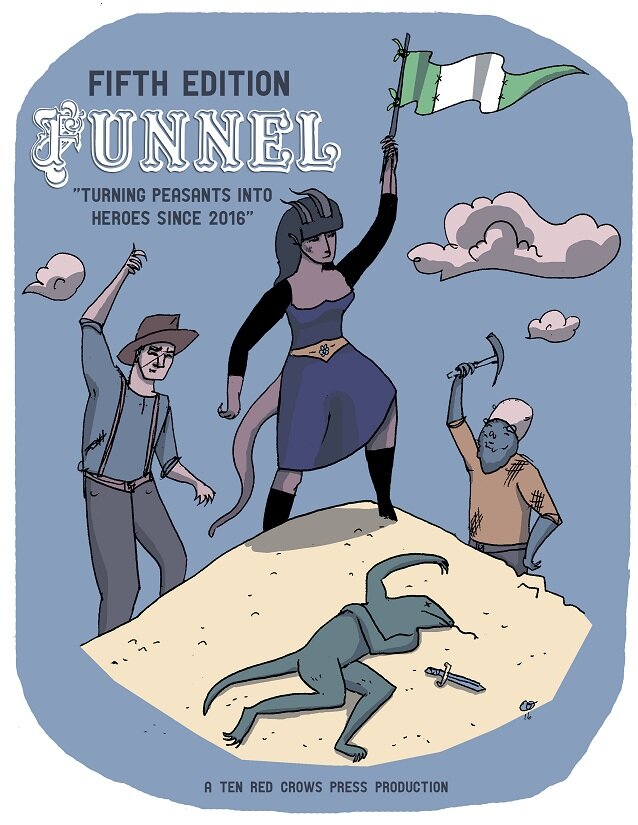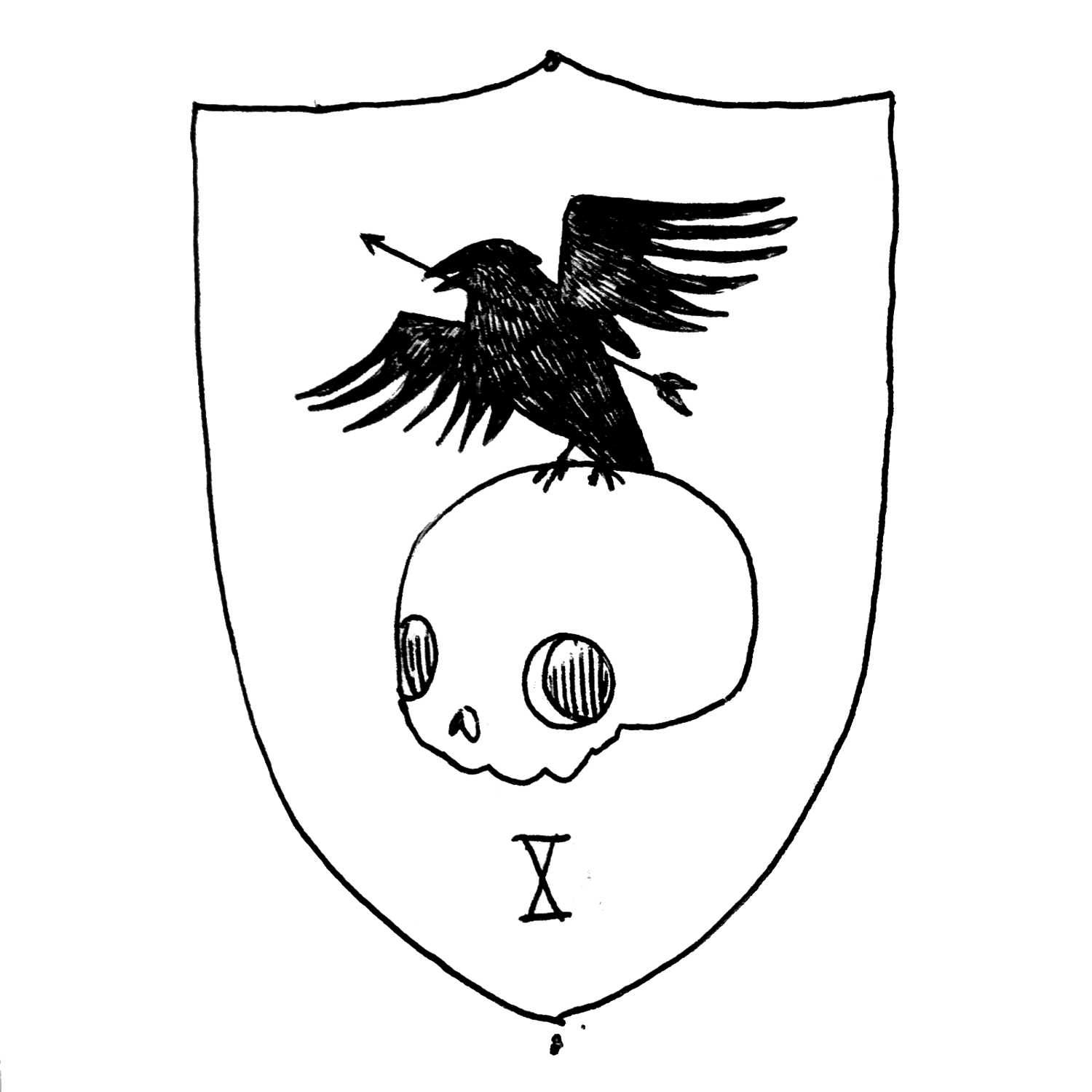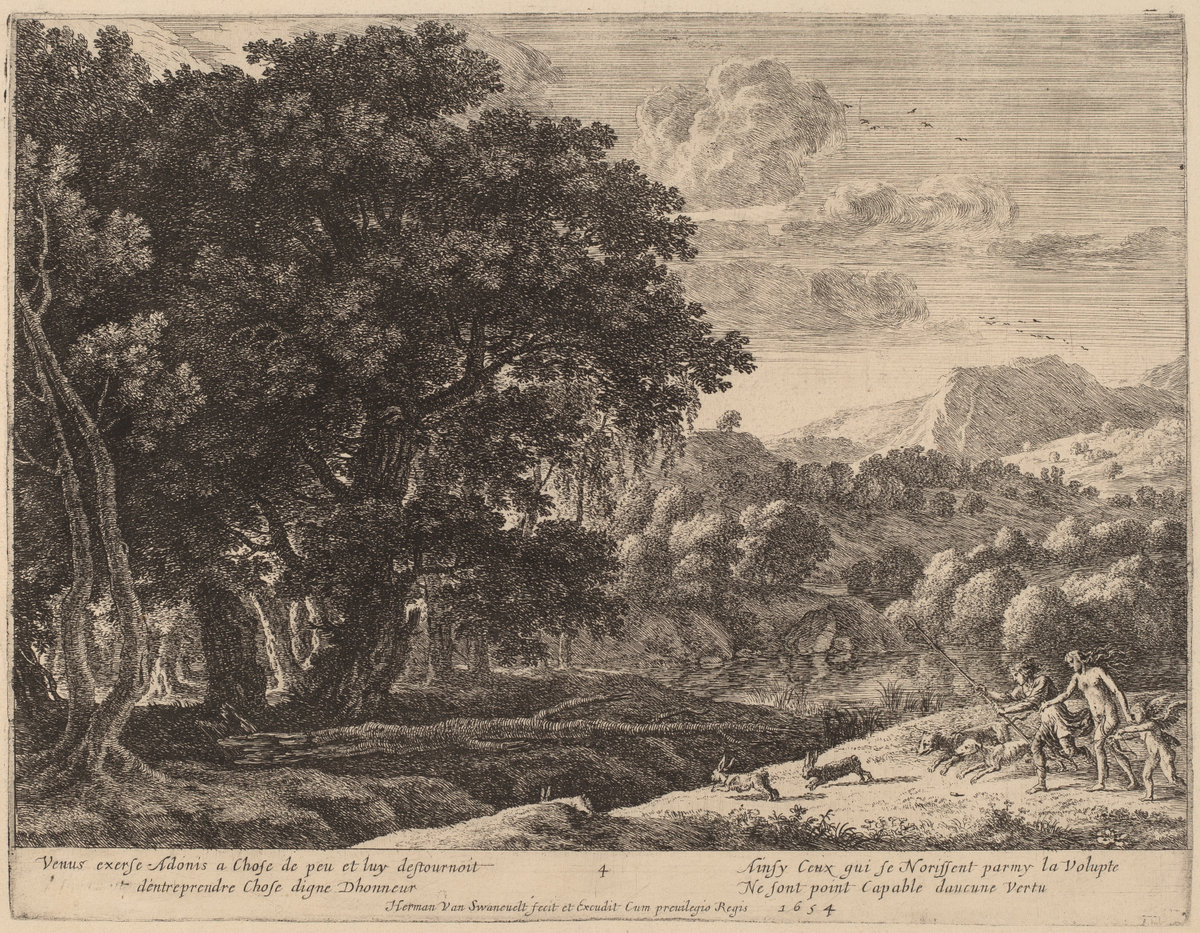Monomyth III: Crossing the Threshold
This is a continuation of a series examining the use of Joseph Campbell’s Monomyth in Dungeon Mastering. While Joseph Campbell introduced the term, these articles are loosely based on a version enumerated by Christopher Vogler in a memo that circulated within the Walt Disney Company in 1985. The intent is not to tell you how to run your game, but to describe some of the fundamental building blocks of a standard mythic story. This knowledge helps you understand how stories work.
If you are interested in starting the series at the beginning, look to the Call to Adventure and then The Mentor.
For now we are exploring Crossing the Threshold. This is where our heroes leave the comfort of their original world and proceed into the dangers of the unknown.
Crossing the threshold is easily exemplified in the original Star Wars. In order to proceed on his main quest of delivering R2’s message to Princess Leia, Luke has to leave the only world he has known. It happens to be conveniently easy: his friends have already left, he craves adventure, learns of his awesome legacy, and his only known family were blasted by the all too accurate shots of imperial stormtroopers. He literally murmurs “There is nothing for me here” before he turns to go. The next scene we begin the transition in Mos Eisley where everything looks radically different. The bar scene acts as the true gateway, where the normal, boring land of Tatooine mixes with the fantastic of the rest of the galaxy.
For other adventurers it’s not so easy. Rand al’Thor in the Wheel of Time series has to leave childhood home after it is raided by monsters. He and his friends cross the threshold by leaving their hometown in its time of need.
In the Matrix, Mr. Anderson just has to swallow the red pill and learn that his entire existence is basically simulated. Oops.
As a Dungeon Master, this is a tool you can use to increase dramatic tension in your game. Your players move from the comfortable and familiar, to something strange and dangerous. In short it telegraphs “welcome to the big leagues”.
Don’t Leave Town, Yet
The tension comes from leaving something comfortable. In Star Wars we spend significant time on Tatooine learning about Luke and watching his normal life. He argues with his uncle, performs routine maintenance on droids, and talks about going to Tosche Station.
To mimic this, the characters (and by extension, your players) should feel at home the location they started their campaign. You have to draw them in with well developed and nice NPCs. If the adventurers are successful in helping out the town, they should draw admiration from townsfolk. Small gestures go a long way. Save the town from a goblin raid? The baker might make a cake for the heroes when the town celebrates the heroes' deeds. Make the town a vibrant place the adventurers would actually want to stay.
You should consider building your town with your players and making it a shared experience. Let the players fill in the gaps about who they know in the town. When the players build the town and their relationships with the NPCs, they will be more emotionally invested than your average murder hobos.
Setting the foundation: Layers to adventure
Like ogres, adventures come in layers. In order to build this tension, you have to layer the plot appropriately. Since your characters are getting comfortable with the town on the first few adventures, the focus should be solving local problems. The trick is to make sure these quests are somehow tangentially related to the main plot of the story.
A really successful example of this is Giantslayer adventure path by Paizo. I haven’t actually played the path, but i’ve listed to all 90+ episodes of the Glass Cannon podcast. The first 30 hours of the podcast’s gameplay are in and around the adventurers' home town of Trunau. The investigation of a murder discovers a plot to destroy the town. When plot is thwarted, ancient relics are uncovered that demand investigation elsewhere and the new heroes are asked by the town to follow up.
By episode 31 they are on a barge floating up a river and everything is now different. Instead of a sympathetic town guard, they now have to deal with a gruff barge captain and his humorless cockswain. Instead of predictable orcs, there is the uncertain wild of the river.
You should follow this example. Whatever the characters complete in town, it should draw them into the plot that will, oddly enough, pull them out of the town.
Variations on a Theme: The Unknown.
You don’t have to follow the same theme of villagers leaving to “save the galaxy”. The unknown can be anything that isn’t familiar to the players. If you are in a large enough city, the unknown could be the other side. Maybe the all the adventure happened in human dominated ward, and the investigation leads them a different ward which is full of elves. If traveling through wards costs a substantial sum of resources, then the characters are going to bed down on the elven side of town. Our heroes are going to have to learn all those elaborate ceremonies and eccentricities of elven society.
Pulling all together
If you want to mimic the the monomyth, your starting location should be a place that makes an emotional connection with the characters (and, hopefully, their players). The townfolk should be friendly, and the quests the characters conduct near the town should build into something that calls them to leave. While the world outside the starting location can be almost anything, it should be fundamentally different than their previous experience.
Good luck, and let me know what you think.
Postscript: A sample shared town making experience
As described above, another way to draw your players into the starting location is to make the creation of the location a shared experience. Start with a theme, a couple of key locations, and NPCs. Then go around the group. Each player needs to name and describe a location and an NPC. Then each player needs to figure out how they know a couple NPCs. If they are stuck, the DM chooses the NPC and rolls a D10. The results will dictate what the story includes:
- Failure
- Violence
- Compassion
- Injustice
- Infatuation
- Success
- Friendship
- Magic or Mischief
- Family
- Money
The DM should give out awards, XP, and, if the player desires, change the character accordingly
Example:
The DM creates the village of Trundy that has two Important NPCs and locations
Haley the Elven blacksmith, proprietor of Haley’s Forge Works
Percy the gnome alchemist, who also runs the the Smiling Dog Tavern
The players add several locations and NPCs including a giant’s graveyard, the Goldleaf Inn (a bed and breakfast), a human mayor named Tom, and a halfling fisherman named Pop.
Kevin, playing Qualeth the Tiefling Paladin, can’t think up a way know any of the NPCs. The DM chooses Haley the Elf blacksmith and rolls a 5. Kevin makes up a story how Qualeth was besotted with Haley for years, so much so that Qualeth took up blacksmithing to be closer to her. She eventually spurned the paladin’s advances during the local maypole festival making Qualeth the laughing stock of the town for a week. After tempers cooled Qualeth began working with Haley again. Although the paladin will have to look for love elsewhere, they are still very close friends.
Of course, Kevin has handed the DM a giant pile of adventure hooks and Haley is now an important NPC. The DM provides Qualeth with 50XP and, if not already proficient, allows the the character to be proficient in blacksmithing tools.






